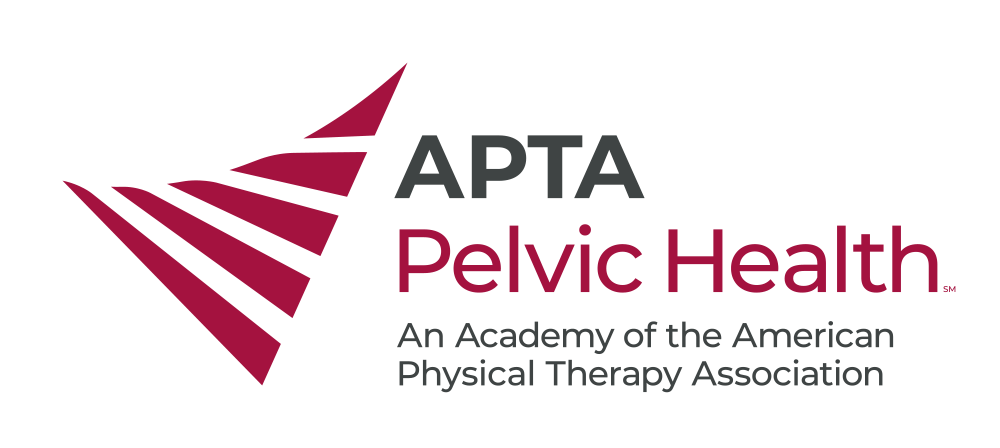Responsiveness of health-related quality of life patient-reported outcome measures in women receiving conservative treatment for urinary incontinence: a systematic review. There are currently 16 patient reported outcome measures for the measurement of health-related quality of life with a Grade A... Continue Reading
Research & Knowledge
Research-related announcements and news
Uncover the latest advancements, evidence-based research, and clinical practice guidelines in women's and pelvic health physical therapy published in the Journal of Women's and Pelvic Health Physical Therapy and explore current research studies and other research opportunities and resources.
Contribute to our Research & Knowledge Series! Are you an author of research that was published in the Journal of Women's and Pelvic Health Physical Therapy? Are you a current researcher? Our Academy members would love to hear from you about your career in research, key takeaways about your published research, and how your research can translate into practice.
🩷 Donate to Pelvic Health Research
In a survey of breastfeeding women, Synder and colleagues found low levels of physical activity and symptoms of urinary incontinence. The survey participants noted time constraints due to breastfeeding and childcare were barriers to activity... Continue Reading
Exercise is an important component to health, yet studies have shown that postpartum people are less likely to meet daily activity recommendations. Until the barriers that limit participation in physical activity are properly addressed, people in this population may not get the care they need. Continue Reading
This survey aims to establish the clinician perspective on pertinent skills/knowledge that an entry level graduate physical therapist should have with respect to male pelvic health issues and to gain expert input on what Men’s Pelvic Health (MPH) content should be included in an entry-level DPT... Continue Reading
Low back pain (LBP) during pregnancy is very common, with prevalence ranges reported between 20% and 90%.” Up to 1 in 4 individuals also report pregnancy-related pelvic girdle pain (PPGP), which can lead to functional impairments such as decreased tolerance to standing, ambulation, and sitting. Continue Reading
Pudendal neuropathy can be a challenging diagnosis to tackle in the clinical setting. Etiologies can be various, ranging from vaginal delivery to cycling. A new case report outlines examples in which repetitive and/or weighted squatting exercises could be considered as a mechanism for pudendal nerv Continue Reading
Current healthcare models view urinary tract infections (UTIs) as a medical condition; however, bacteria may not be the only culprit for symptoms associated with UTIs. There is growing evidence that chronic UTIs can be effectively treated with conservative physical therapy management... Continue Reading
The menstrual cycle can be broken down into the follicular phase and the luteal phase. Throughout these phases, estrogen and progesterone, the two main hormones associated with menstruation, rise and fall in preparation for implantation. Continue Reading
Nearly 20% of adult women in the U.S. report moderate to severe urinary incontinence, but few receive treatment. Continue Reading
Cesarean section represents the most commonly performed inpatient surgical procedure in the United States. The few studies currently available regarding the role of physical therapy in postoperative recovery only look at the first few days or weeks postpartum. Continue Reading
Selected Clinical Characteristics and Determinants of Obstetric Palsy Among Patients With Obstetric Fistula. In this research report, authors examined the various clinical characteristics and determinants to predict who may be at risk for developing obstetric fistula or obstetric palsy. Continue Reading
Women with and without Self-reported Stress Urinary Incontinence Walk Differently before and after 16-ounce Water Consumption. Does a full bladder impact gait mechanics? Do women with stress urinary incontinence (SUI) use different neuromuscular strategies during gait when the bladder... Continue Reading
